THERE could still be some bright spots among property counters although the sector's performance has been lagging the broader market in general, say analysts, who have begun to downgrade the sector to neutral. The KL Property Index hit a 52-week high of 1,085.78 points two weeks ago.
As developers' stocks have slumped, the KL Property Index this year has been driven by real estate investment trust (REIT) plays. REIT prospect KLCC Property Holdings Bhd and KrisAssets Holdings Bhd have been the two biggest movers by far, adding 44.76 points and 26.93 points respectively to the index this year.
"Most developers are fairly valued at the moment," says a Kenanga Research analyst who is neutral on the sector.
At current prices, however, there may still be upside among a few property picks. Favourites include IJM Land Bhd for a potential corporate exercise and its ability to gear up, UOA Development Bhd for a dividend yield that's better than most REITs, S P Setia Bhd for its exposure to the London Battersea project, and UEM Land Holdings Bhd for its Iskandar Malaysia play.
Speculation has been rife that IJM Land could be going on a privatisation route to beef up the value of parent IJM Corp Bhd, whose earnings from its core construction business have been volatile while property development has consistently delivered strong growth.
Privatisation would make sense looking at the business model of WCT Bhd and Gamuda Bhd, where property and construction activities are integrated under one listed entity. WCT, formerly known as WCT Engineering Bhd before the integration, privatised WCT Land Bhd in 2008 while Gamuda has never had a separate listed entity for its development business.
IJM Land, which closed at RM2.21 last week, at 1.2 times book value, is relatively expensive compared to its peers. However, it boasted a net cash position of RM261.7 million, or 18 sen per share, as at June 30. IJM Corp controls 65.4% of IJM Land, with other substantial shareholders being the Government of Singapore Investment Corp and the Employees Provident Fund (EPF), each with a 5.7% stake.
The privatisation angle aside, analyst say there is ample space for IJM Land to gear up its balance sheet for acquisitions.
"IJM Land is in a good position to increase its land bank or pick up distressed assets. In comparison, most of its peers have net debt positions. Acquisitions will drive news flow for the company which will be a catalyst for its share price," says one analyst.
Assuming the group gears up to 0.3 times net gearing on its shareholders' funds of RM2.49 billion as at June 30, 2012, it could raise another RM750 million in borrowings. Coupled with its current net cash holdings of RM262 million, it would have roughly RM1 billion in its war chest.
In terms of product lines, IJM Land's relatively high proportion of affordable housing offerings compared with its peers will also put it in good stead if the property market cools further, say analysts.
As for UOA, the stock is favoured because of its strong yields of more than 7%, which is much better than some REITs. "The company can afford to pay good dividends because it has been doing a lot of en-bloc sales [in the Bangsar South project], which allows them to pay out the cash once the units are sold," says another analyst.
The Bangsar South project has a remaining gross development value (GDV) of RM5 billion, excluding the potential 15% to 20% upside on the numbers, given the area's run-up in capital values. UOA's existing and upcoming real estate projects have a collective GDV of RM14 billion to RM15 billion, which will be realised in the next five to seven years.
With the local property market expected to cool, analysts are also favouring S P Setia for its exposure to the Battersea project in London, which has a GDV of RM40 billion. S P Setia has a 40% stake in the project, while Sime Darby Bhd has 40% and EPF, 20%.
"Local property sales are at an all-time high but demand cannot keep up that pace. Developers are going to have to look overseas if they hope to maintain their current growth," says one industry player.
Within Malaysia, analysts say the next property hot spot is Iskandar Malaysia in Johor, which will continue to see demand growing due to interest from across the causeway. Property prices in some high-end properties in Johor Baru have exceeded RM1,000 psf, closing the gap with valuations in downtown Kuala Lumpur.
"The government has been investing a lot in infrastructure in Johor, and property prices are beginning to reflect this. We are also seeing a huge influx of Singaporean buyers who can't afford a home in Singapore," says one analyst.
"Compared with Johor, it's become a buyer's market in the Klang Valley, especially in the high-rise segment," says one real estate agent, who recently moved to Johor to work in "a more vibrant" market.
While projects in Johor account for 10% of the GDV of both IJM Land and S P Setia, UEM Land Holdings Bhd is a pure Iskandar play by virtue of its huge land bank there, and its wide range of industrial, commercial, residential and leisure offerings. UEM Land's stock surged to a six-month high recently after it signed a 40:60 joint venture with Singapore government-linked Ascendas Land to develop 519 acres in Gerbang Nusajaya. The development will have a GDV of RM3.2 billion.
Neutral on property
"There is no doubt that property sales have done well. Historically, property boom cycles last about 1½ years, and we are now into the second year of the current cycle. The question is whether developers can continue to grow at the same pace when coming off such a high base," says an analyst from Kenanga Research.
Kenanga says forward price-to-book (P/B) valuations for the property index have been strictly range-bound, following a series of measures by Bank Negara Malaysia that have restricted lending this year.
"If you look at last year's forward P/B for the index, it had a wide range. The index mostly stayed above the five-year average forward P/B, as high as one standard deviation higher at its peak. However, if you look at this year's forward P/B valuations, the index has been trading at less than half a stand deviation from the five-year average. This shows that property share prices have hit a ceiling," explains the analyst.
The property index is only up by 7.4% so far this year, trailing the FBM KLCI's 10.2% gain. The lacklustre performance of property stocks gives some indication of the direction of the physical market, which tends to lag the stock market by about a year.
On top of that, news flow is expected to slow down as developers and investors take a wait-and-see approach heading up to the elections. Re-ratings of the sector may have to wait until after the elections.
Still demand in the physical market
Although property stocks are down, there is still demand in the physical market for now. Household balance sheets are still strong and low interest rates continue to encourage investors to deploy funds, notes the analyst from Kenanga Research.
However, developers have to work harder for their sales, as reflected in the rise of promotional schemes.
"Demand in Malaysia cannot keep growing at this pace. We don't have big population growth and, unlike Singapore or Hong Kong, we do not have a large influx of skilled expats looking for property," notes one analyst.
But AmResearch's managing director Benny Chew disagrees with the view that the property sector is slowing down.
"The market has already adjusted for the tighter lending rules earlier this year and the recent increase in real property gains tax [RPGT] is not going to have an impact," he says.
He points out that household formation, particularly in the Klang Valley, remains strong while land costs are not going to fall. "There was a slowdown at the beginning of the year but, in the past three months, transactions have picked up," he says.
This story first appeared in The Edge weekly edition of Nov 5-11, 2012.
TOP PICKS BY EDGEPROP

D'Ambience Residences (Ikatan Flora), Bandar Baru Permas Jaya
Permas Jaya/Senibong, Johor

Bangunan Duta Impian (The Embassy Suites)
Johor Bahru, Johor
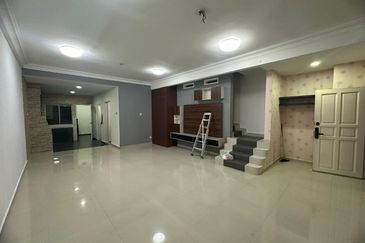
Jalan Ceria 15
Iskandar Puteri (Nusajaya), Johor

Broadleaf Residences, Hometree
Kota Kemuning, Selangor
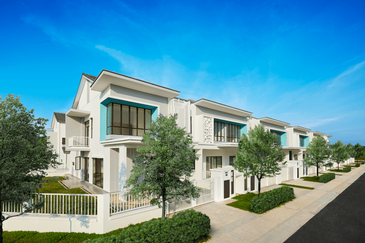
Bandar Puncak Alam
Bandar Puncak Alam, Selangor

Halya @ Daunan Worldwide
Bandar Puncak Alam, Selangor

Bandar Puncak Alam
Bandar Puncak Alam, Selangor

Bandar Puncak Alam
Bandar Puncak Alam, Selangor

Bandar Puncak Alam
Bandar Puncak Alam, Selangor

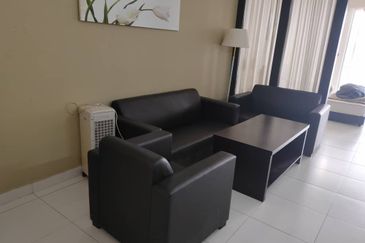
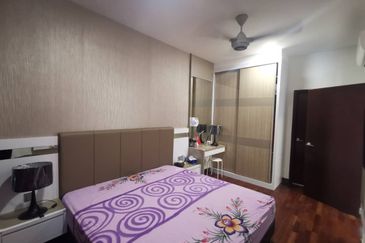
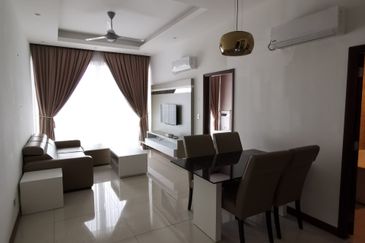

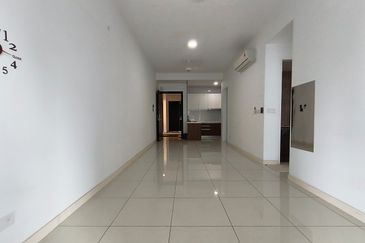



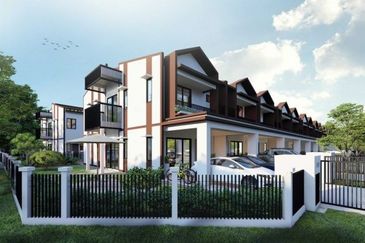
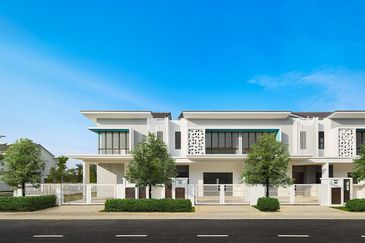
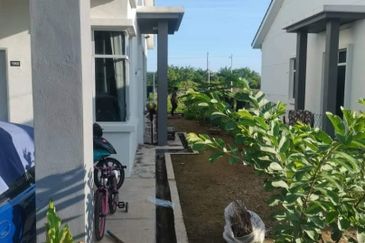
hero.jpg?GPem8xdIFjEDnmfAHjnS.4wbzvW8BrWw)



